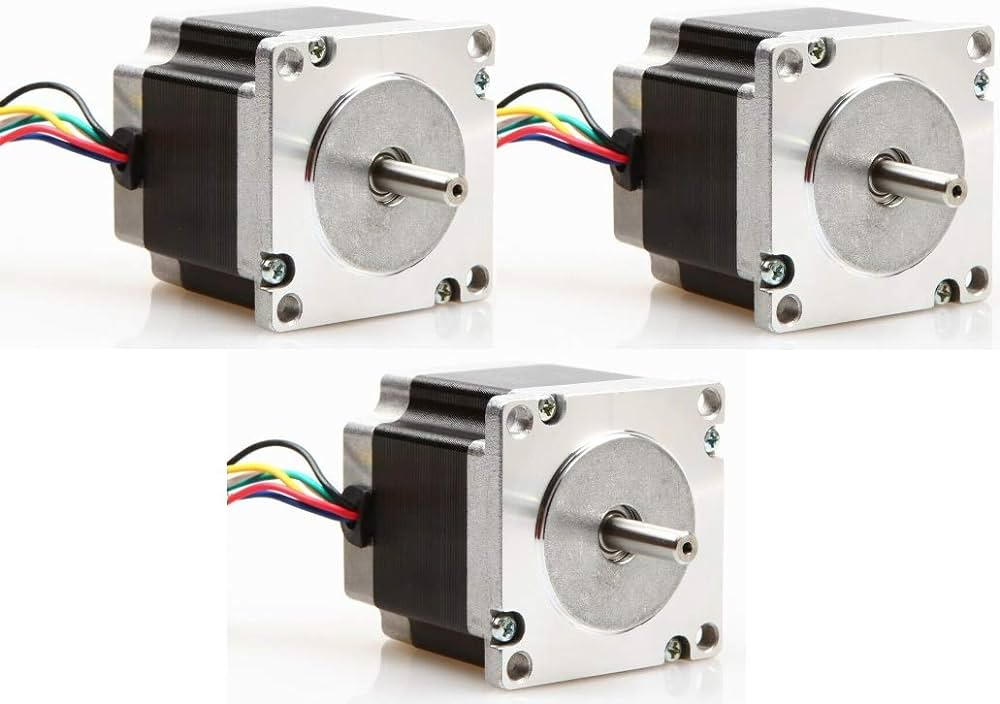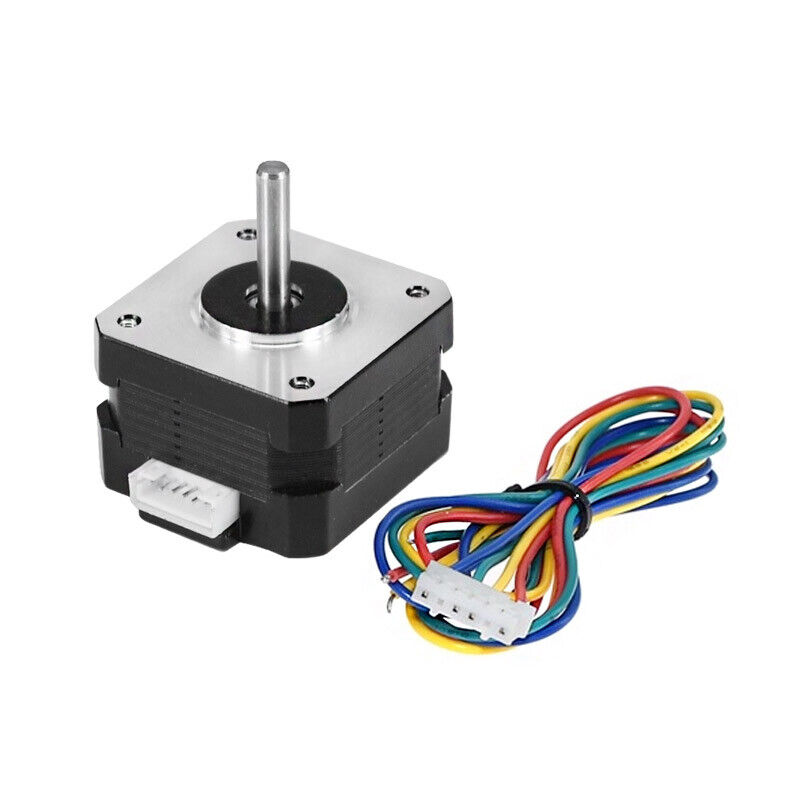In the realm of electromechanical systems, understanding motor back electromotive force (EMF) is crucial, especially in the context of stepper motors. This force, commonly referred to as back EMF, holds significant importance in shaping the performance characteristics of motors, including torque, speed, and efficiency.
Grasping the Concept of Back EMF
Motor back EMF, synonymous with voltage, is induced when a conductor moves through a magnetic field, resulting in the generation of a current. This phenomenon is fundamental to motor operations, where the movement of windings or magnets leads to the production of voltage across the winding, known as back EMF.
Types of Stepper Motors
Stepper motors, essential components in various electromechanical systems, come in two common types: permanent magnet stepper motors and hybrid stepper motors. Despite differences in construction, both types rely on a combination of permanent magnets and coils to facilitate movement and control.
Working Principle of Stepper Motors
Stepper motors operate based on the interaction between magnetic fields and electrical currents. With most stepper motors utilizing two phases and windings driven at 90-degree intervals, precise control over the motor’s rotation is achieved by modulating currents and alternating their direction.
Importance of Back EMF in Stepper Motors
Back EMF in stepper motors serves as a critical parameter in motor control and performance optimization. By understanding and effectively managing back EMF, engineers can enhance the efficiency, reliability, and precision of motor operations, thereby improving overall system performance.
Exploring Its Impact on Torque and Speed
One of the key effects of back EMF is its influence on torque production and motor speed. As the rotational speed of the motor increases, the magnitude of the back EMF also rises proportionally. This phenomenon can be leveraged to estimate the motor’s rotational speed or detect anomalies such as stalling conditions, enhancing the reliability and safety of motor-driven systems.
Discover applications of stepper motor technology here
Techniques for Measuring Back EMF
Various techniques can be employed to measure back EMF in stepper motors, ranging from direct observation during zero-current intervals to indirect estimation through monitoring changes in winding current.
These measurement methods provide valuable insights into motor behavior, enabling real-time adjustments to optimize performance and prevent undesirable outcomes such as stalling or overheating.
Applications in Advanced Motor Control Systems
In advanced motor control systems, the knowledge of back EMF is leveraged to implement sophisticated control algorithms that adaptively adjust motor parameters based on operating conditions.
By continuously monitoring back EMF and correlating it with motor speed, torque, and load, these systems can dynamically optimize motor performance while ensuring operational reliability and efficiency.
Enhancing Motor Efficiency through Back EMF Analysis
In addition to understanding the fundamental principles of back EMF, engineers can further optimize motor efficiency by conducting detailed analysis and modeling of back EMF characteristics. By analyzing the waveform and frequency spectrum of back EMF signals, engineers can gain insights into motor performance under different operating conditions.
This analysis enables the identification of inefficiencies, such as excessive current consumption or mechanical resonance, allowing for targeted improvements in motor design and control strategies.
Mitigating Motor Heating Issues
Excessive heat generation is a common challenge in motor operation, leading to reduced efficiency and potential damage to components. Back EMF analysis can provide valuable information for mitigating heating issues in stepper motors.
By monitoring the amplitude and frequency of back EMF signals, engineers can implement adaptive thermal management techniques, such as adjusting current levels or duty cycles, to prevent overheating and ensure optimal performance over extended operation periods.
Explore stepper motor 3D printer with laser engraver in this guide
Optimizing Microstepping Control
Microstepping is a technique commonly used to achieve smoother motion and higher resolution in stepper motor applications. Back EMF analysis plays a crucial role in optimizing microstepping control algorithms.
By accurately measuring back EMF signals during microstepping operation, engineers can fine-tune current waveforms and phase sequences to minimize torque ripple and vibration, resulting in improved motion accuracy and reduced mechanical wear.
Implementing Sensorless Control Strategies
Traditional motor control systems rely on position sensors, such as encoders or resolvers, to provide feedback for closed-loop control. However, integrating position sensors adds complexity and cost to the system. By leveraging back EMF signals, engineers can develop sensorless control strategies that eliminate the need for external position feedback.
Advanced algorithms can analyze back EMF variations to estimate rotor position and velocity, enabling precise control without additional sensors, thereby simplifying system design and reducing overall system cost.
Enhancing Dynamic Response and Stability
Back EMF analysis enables engineers to optimize motor control algorithms for enhanced dynamic response and stability. By closely monitoring back EMF signals and their relationship with motor speed and load variations, engineers can design control systems that quickly adapt to changing operating conditions.
This allows for improved response times, reduced settling time, and enhanced overall system stability, making stepper motors suitable for a wide range of dynamic applications, from robotics and automation to CNC machining and 3D printing.
Conclusion
Leveraging back electromotive force (EMF) analysis opens up a range of opportunities for optimizing the performance, efficiency, and reliability of stepper motors in various electromechanical applications.
By applying advanced analysis techniques and control strategies, engineers can overcome challenges such as heating issues, torque ripple, and sensor complexity, ultimately unlocking the full potential of stepper motor technology in modern industrial and consumer systems.


